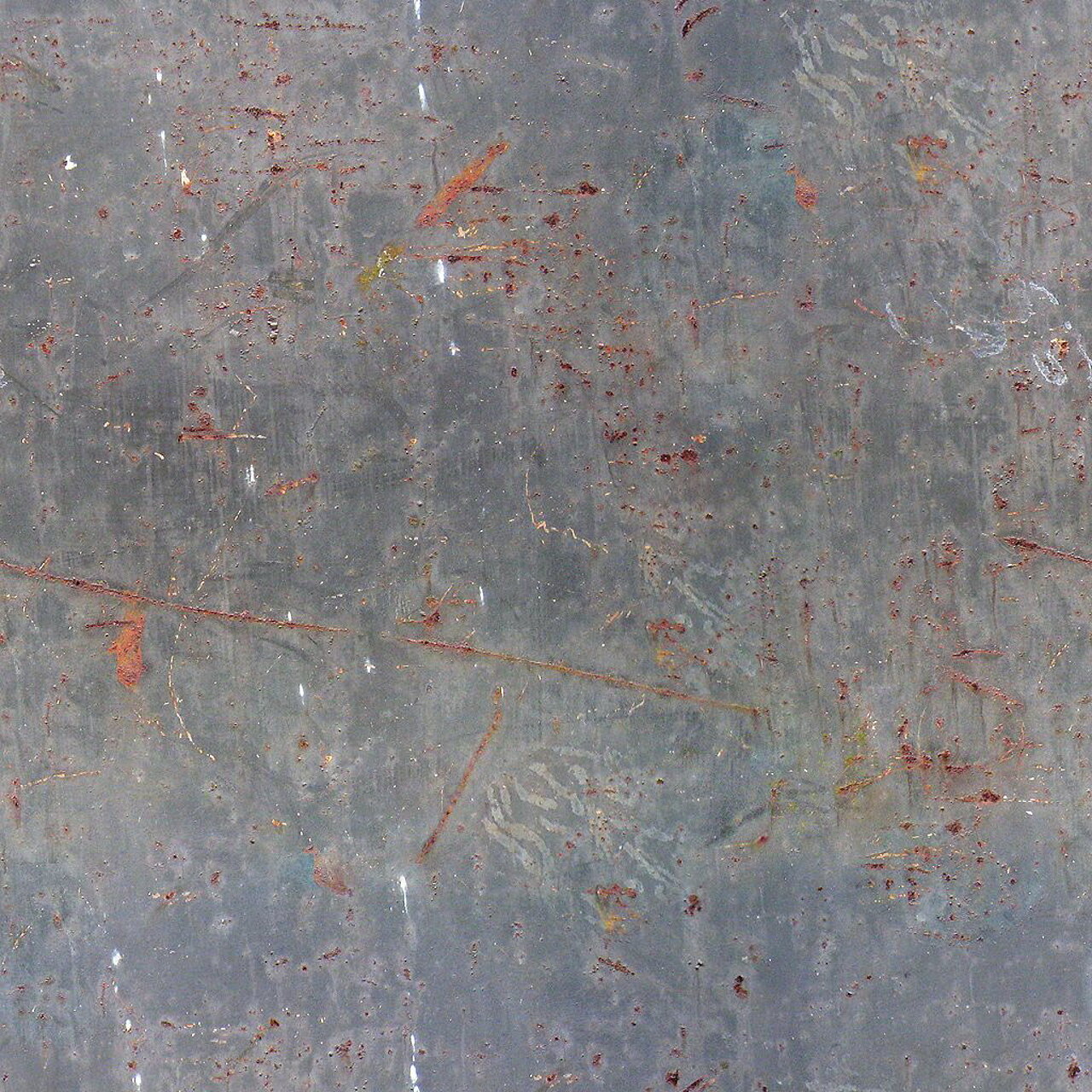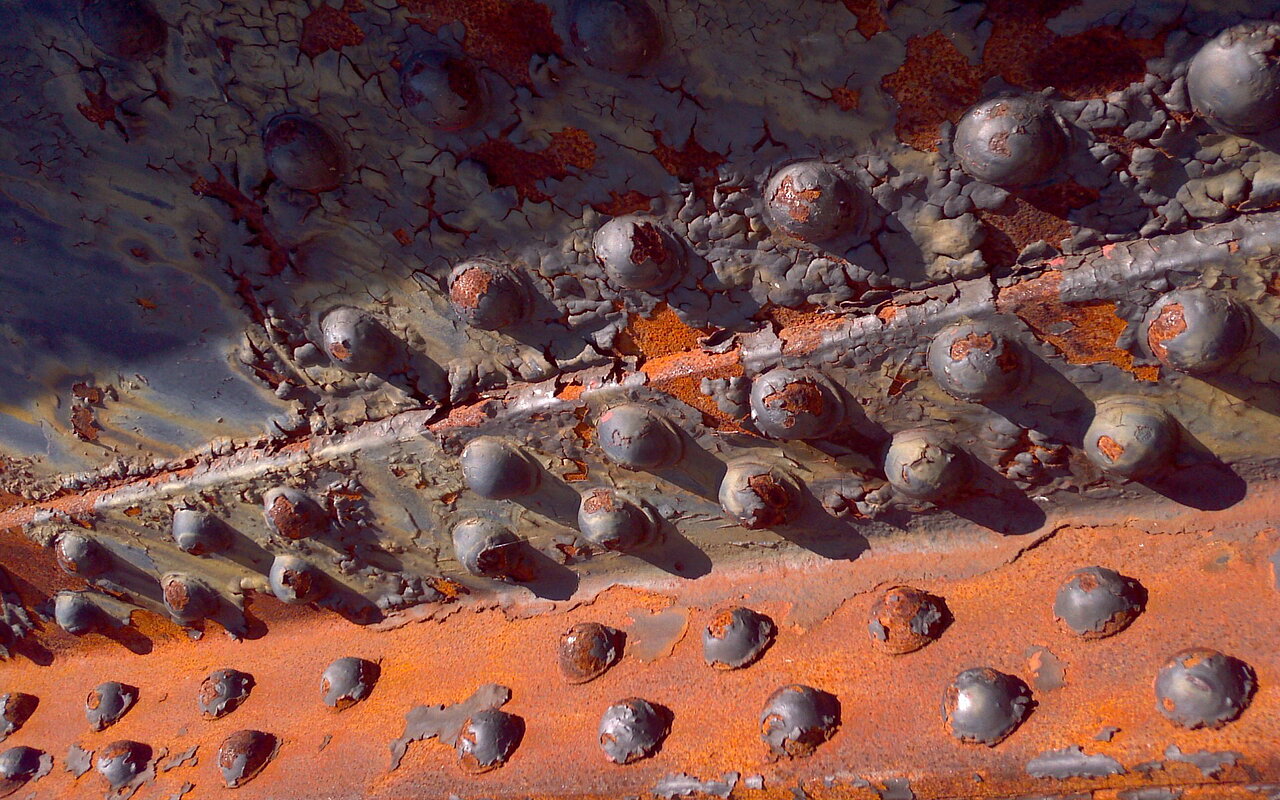
LASER CLEANING AND RUST REMOVAL
Laser rust removal, a type of laser cleaning, is an effective process for cleaning up metal parts. Using a fiber laser cleaning system, rust and other contaminants can be quickly and completely removed without damaging the metal underneath. Laser rust removal is a great alternative to manual and chemical cleaning methods since rust is removed with greater precision and lower recurring costs. It’s also a great way to reduce your environmental impact.
The removal of rust and oxide layers from metals is a laser cleaning application that is gaining very fast popularity due to the speed and flexibility that it offers. The process of removing rust from a metal appears to be the same as removing a painted layer, but there is a key difference. Rust and oxides are able to chemically corrode the bulk material, pitting and penetrating such that they are not just present on the surface. To fully remove high levels of rust, it is necessary to also engrave a thin layer of the substrate. The important takeaway is that the laser parameters needed to efficiently remove surface rust are not the same (in fact, practically opposite) as the parameters needed to best remove penetrating rust.
Not all rust is invasive
Finding traces of rust on the surface of metal does not have to mean that its structural integrity is being compromised. Both the alloy and the way the metal has been prepared will determine if oxidization is invasive or not. In alloys such as cast iron, aluminum, and copper, oxidization can create strong and protective compounds that prevent the metal underneath from pitting.
Stages of rust
Stage 1
During the first stage of rust, red, black, or white deposits become noticeable on the surface of the metal. This typically appears in small patches as the overall color of the metal’s surface becomes spottier and less uniform. In cast iron, this is the first step toward the formation of a permanent patina. Stainless steel depends on a chromium oxide as a protective film, not an iron oxide, so this rust is the failure of that protective film. Still, in stainless steel, Stage 1 represents a superficial problem that can be easily repaired if desired.
Stage 2
For steels and some types of iron, Stage 2 represents the first real degradation to the metal, as scale begins to form with the molecules that make up the first layers of the metal. In many ferrous metals, this scale is uneven, and begins the process of pitting or etching that starts to weaken the material. In cast iron, the scale formed is even and does not lead to etching or pitting.
Several oxides are being produced in this stage. The bright orange/red iron oxide (III) that we associate with rust can be brushed off. It will leave a powdery red pigment on hands or rainwater. The lack of adherence of this oxide is because the red iron oxide molecules are larger than the cast iron molecules that created them.
However, in well-prepared cast iron, oxides that do not flake or run off also form evenly. These are darker, usually brown or coppery colored. This layer of rust builds evenly so that the integrity of the base metal is unaffected.
Stage 3
At Stage 3, all surface molecules forming red iron oxides have been engaged and are in a powdered or granular state. Scaling continues. As the rusting powder of red iron becomes loose and fall off, the remaining darker iron oxides stay behind in a tough sealing layer. The metal’s color will darken to a bronze or dark brown as the bright orange and red brushes away. Over time, this patina will spread across the entire surface. Once the patina is achieved, it is permanent and protective, and requires no maintenance.
In the final stage of rusting, surface discoloration spreads and an even, dark patina can be seen.
The amount of time it takes for patination to occur depends on the alloy type, wear and tear, and surrounding moisture conditions. For alloys such as cast iron, patination happens rather quickly. Metal products near the ocean will also experience fast patination as they are exposed to high moisture levels, and salt in the air, compared to those in drier environments.

Rust and Rust creation
During oxidation two oxide layers are produced,
at the surface Fe2O3 (thickness ≈ 20 nm) and in depth Fe3O4 (thickness ≈ 1000 nm or more).
The oxide layer exhibits a quite rough surface:
its thickness is inhomogeneous (±100 nm around its mean value), the lateral size of the grains is around 1 mm.
Indicational Surface Cleaning capacity for each laser power
This are only indicational values for Reference, based on our own experience, each case must be checked specific and results depend on the layers and the underground
| Surface cleaning indicational capacity | layer thickness | 100Watt | 200Watt | 300Watt | 500 Watt |
|---|---|---|---|---|---|
| Oxide Layer or coated surface | m²/h | m²/h | m²/h | m²/h | m²/h |
| <25µm | 5 | 9 | 12 | 15 | |
| <50µm | 2,5 | 4,5 | 6 | 7,5 | |
| >50µm | 1,5 | 3 | 4 | 5 | |
| Rusty Scale | m²/h | m²/h | m²/h | m²/h | m²/h |
| <50µm | 3 | 6 | 6 | 12 | |
| <100µm | 2 | 3 | 3 | 6 | |
| >100µm | 1 | 1,5 | 1,5 | 3 |
